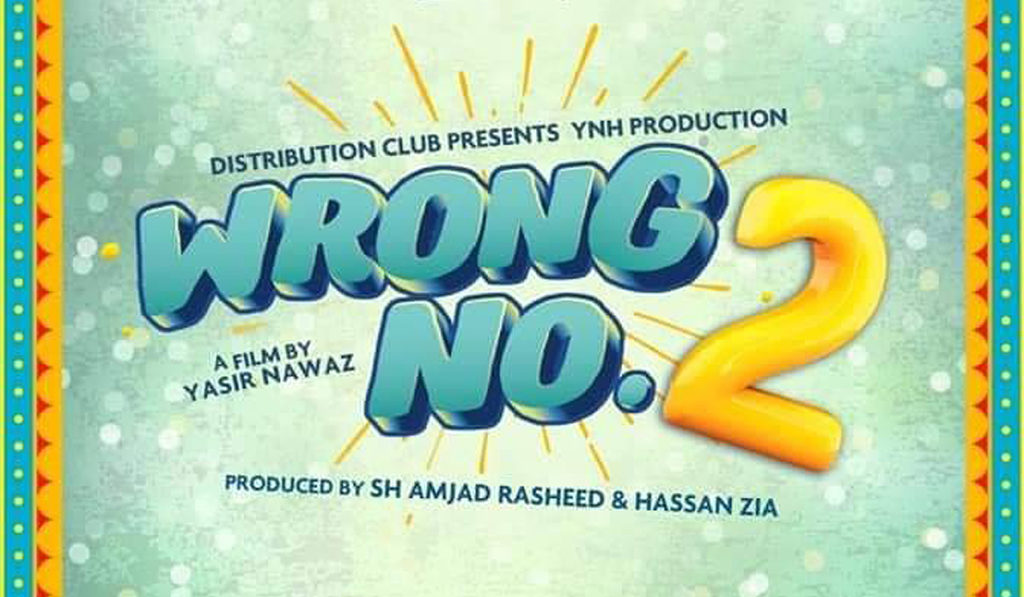According to the Hollywood producer Tim Bevan, (known for films such as Bridget Jones’s Diary, Darkest Hour, etc.), the goal of the film editing process is to turn a film into a story that makes people really go for it. 99.9 times out of 100, the audience speaks louder than anybody else & that’s what the test screening process does; it gives the audience an opportunity to speak their mind before the film goes out there.
In a fledgling industry like ours where the audiences are finally starting to take Pakistani cinema seriously, questions are being raised about the script, screenplay and other aspects of storytelling on the big screen, which is a manifestation of an increasing interest in the cinema (and honestly, we are here for it).
What is a test screening?
Before we delve deeper into this question, it is imperative to understand what a test screening is. A test screening is a preview screening of a movie or a TV show before its widespread release, to gauge the audience’s reaction. Preview audiences are selected from multiple sections of the population and are asked to complete a questionnaire or provide feedback in some other form.
The concept was introduced by Harold Lloyd who used it as early as 1928. Lollywood’s cousin Bollywood employs somewhat similar practices, albeit on a much lower scale than the cinema giant Hollywood.
Bollywood bigwig Amir Khan believes that the “test screening (of a film) gives a great deal of understanding on many aspects. When you make a film, you become so close to it, you lose your objectivity. During the test screening, when a rough cut is shared with a group of people who are not connected to the film business, their feedback brings in different perspectives.”
Amir embraced this process for Qayamat Se Qayamat Tak (1988). Similarly, films like Love Aaj Kal employed the process too (where Imtiaz Ali had to, reluctantly, agree to a happy ending, against the one in which Deepika never marries Saif, just because the test audience argued against an unhappy ending). Raju Hirani, too, follows similar work template for his films.
Moving on, keeping in view the questions raised on our local films and the feasibility of test screenings as a possible solution, we got in touch with five leading filmmakers of the country who have films coming out later this year, for their take on the said issue. Here is what they had to say:
Wajahat Rauf
 Wajahat Rauf (KSL series and Chhalawa) seemed rather aware of the practice when inquired about it.
Wajahat Rauf (KSL series and Chhalawa) seemed rather aware of the practice when inquired about it.
He maintained that “the practice is prevalent all over the world. The test audience is selected carefully from various walks of life, based on their demographics, income, etc. We don’t employ the practice locally for our films because people think it’s not necessary which is wrong. If a test audience of ten people thinks that the film or its ending is a drag, then there is definitely a problem with the film that needs to be addressed. I am sure it will eventually come to Pakistan, with forward-thinkers embracing it.”
“I do this for my films (although not in a strict way) by showing them to people with different opinions and backgrounds, in order to break into a middle ground. Regardless, the practice will and should come to Pakistan,” continued Wajahat Rauf.
Azfar Jaffri
 Azfar Jafri (Janaan, Parchi , Shedil, and Heer Maan Ja) maintained a similar view, claiming that his camp does run a test screening (but again, involving people who are known to him) to get a feeler before they release the film.
Azfar Jafri (Janaan, Parchi , Shedil, and Heer Maan Ja) maintained a similar view, claiming that his camp does run a test screening (but again, involving people who are known to him) to get a feeler before they release the film.
“At this level, however, a proper screen test involving people – with an idea of what the masses want to see – seems unattainable (though obviously desirable),” said Azfar Jafri.
Yasir Nawaz
 Yasir Nawaz’s Mehrunisa V Lub U is a prime example of a film where the audience didn’t connect with the content at all, despite it revolving around the social issue of pollution. The screenplay was unnecessarily dragged at various points and by the end, the audience had totally lost their interest.
Yasir Nawaz’s Mehrunisa V Lub U is a prime example of a film where the audience didn’t connect with the content at all, despite it revolving around the social issue of pollution. The screenplay was unnecessarily dragged at various points and by the end, the audience had totally lost their interest.
We, therefore, talked to Yasir about the practice and he had the following to say: “We do have this practice for our dramas but not for our films.”
The director, furthermore, confessed to having no knowledge of the process in Hollywood or Bollywood. He, however, also pointed out the inevitable production costs that test screening could bring with itself but like the rest of the directors we talked to, he was all in favor of them.
Bilal Lashari
Bilal Lashari (Waar and The Legend of Maula Jatt) maintains that “there is a reason as to why test screenings are happening all over the world and if feasible, Pakistani cinema should also embrace it. It’s only after a big test screening that you get to understand the collective experience of your audience. When you are watching a film with a bigger crowd, it helps you understand which parts need to be edited to make them more interesting or smooth. Of course, it’s a difficult process logistically, especially in Pakistan, where films are given final touches until hours before their releases. As for Maula Jatt, we are considering (and may go) for a test screening for the international audience, to gauge their connection and acceptability for a Punjabi film.”
Asim Raza
 Asim Raza, whose film Ho Mann Jahan, despite being a hit, contained a rather poorly conceived yet crucial sequence where Adeel’s character falls on a small coffee table, in an emotional overdrive and lands in the ICU. The said scene raised a number of questions for it could have been replaced with a car accident or something similar, had it gone through a test screening.
Asim Raza, whose film Ho Mann Jahan, despite being a hit, contained a rather poorly conceived yet crucial sequence where Adeel’s character falls on a small coffee table, in an emotional overdrive and lands in the ICU. The said scene raised a number of questions for it could have been replaced with a car accident or something similar, had it gone through a test screening.
While talking to GL, Asim, however, didn’t seem very excited about the whole concept of test screenings, even though he called it a “great idea.” He seemed skeptical of the people who will do the job. To put in his own words, “like any other field of Arts & Sciences, film and its multiple genres need to be understood by qualified experts. As an audience, everyone has a right to liked or dislike a film but giving them the authority to give inputs on the technicalities of how the film could have been improved or ‘salvaged’; for that, I feel they should be able to prove their authority on the craft first, in order to qualify as a ‘doctor’.”
A final word
From what we see, the leading directors of the country are pretty much accepting of the idea, however, the feasibility of the process has to be kept in mind from the production perspective as well. Moreover, globally, while many a time, the test audience improved the film, it, sometimes, damaged them too. In still others, it barely made a scratch.
A bad score on the test screening may not always translate into a film’s failure. The success of Dirty Dancing, for instance, surprised the cast as well its makers for it scored so badly with the test audiences, the producers almost made it a straight to video release.
The test audiences found the sexually suggestive dancing “uncomfortable.” The writer Eleanor Bergstein, however, refused any edits and the movie was released as is. Although the makers were sure that the film would be a flop, it was a smashing success.
Similarly, Martin Scorsese’s Goodfellas, despite being Warner Brothers’ most poorly tested film, went on to be successful anyway.
Having said that, the test screening of films may not be the remedy of all the ailments the local cinema is suffering from, but it definitely could be a potent adjuvant to whatever treatment is being offered already. Local cinema should definitely give it a try where and whenever feasible.





